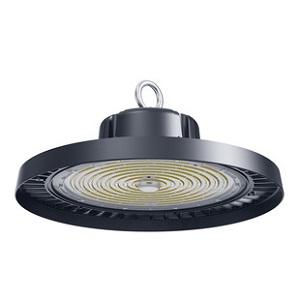Vegyi üzemek világítási megoldása
Most of the chemical plants are flammable and explosive places, and are corrosive environments, which have their particularities compared with conventional factories. The lighting design of chemical plants directly affects production safety, labor productivity, product quality and labor health and many other problems.

The setting of chemical production equipment is developing towards integration and open-air development. The outdoor environment is affected by wind, rain, ice, snow, sun, dust and organisms. And the outdoor temperature difference is large, easy to produce condensation; At the same time, the reaction material medium in most chemical production devices has the characteristics of flammable, explosive and corrosive, these conditions often exist at the same time, all these harsh conditions, require chemical lighting in the structural design, insulation system, protection level and surface treatment than ordinary lighting has a higher environmental impact performance.
Chemical production equipment commonly used lighting equipment has explosion-proof, anti-corrosion type, therefore, in the lighting distribution design of chemical production equipment, the selected lighting fixtures should be selected according to the environmental characteristics of the explosion-proof, anti-corrosion, and meet the protection level requirements of the lamps.
Lighting Mode
Chemical plant lighting is divided into general lighting, mixed lighting and local lighting. Its application principles shall comply with the following provisions:
General lighting refers to the uniform lighting set up to illuminate the entire site, specifically refers to the indoor and outdoor entire site, most of the workplace lighting or not suitable for the installation of local lighting and mixed lighting lighting, general lighting should be uniform lighting. The workplace should normally be provided with general lighting; When different areas in the same place have different illuminance requirements, regional general lighting should be used.
Mixed lighting refers to the lighting composed of general lighting and local lighting. For some of the work surface illumination requirements are high, only the use of general lighting is unreasonable, it is appropriate to use mixed lighting;
Local lighting refers to the lighting required to strengthen the illumination of the local workplace, the lighting of the work surface with the lighting direction requirements or the lighting of the local workplace where the general lighting does not meet the production requirements. Only local lighting should not be installed in a workplace.
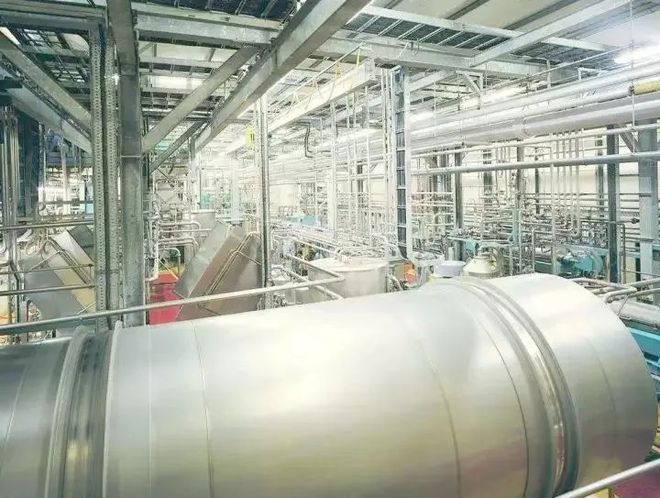
Type of Lighting
Chemical plant lighting types are divided into: normal lighting, emergency lighting, maintenance lighting, security lighting, barrier lighting, road lighting… The emergency lighting includes backup lighting, safety lighting and evacuation lighting.
The following focuses on normal lighting, emergency lighting and road lighting:
Normal lighting:
The workplace should be equipped with normal lighting suitable for the environmental characteristics in order to maintain an appropriate level of illumination to ensure that routine production operations can be carried out safely. Normal lighting should be set in all indoor and outdoor work and activity places. Normal lighting shall provide uniform illumination to each unit area; The normal lighting of the process control room and the electrical control room should use anti-glare design lighting fixtures, with special attention to ensure uniform lighting to avoid shadow or light reflection on the control panel and display (CRT).
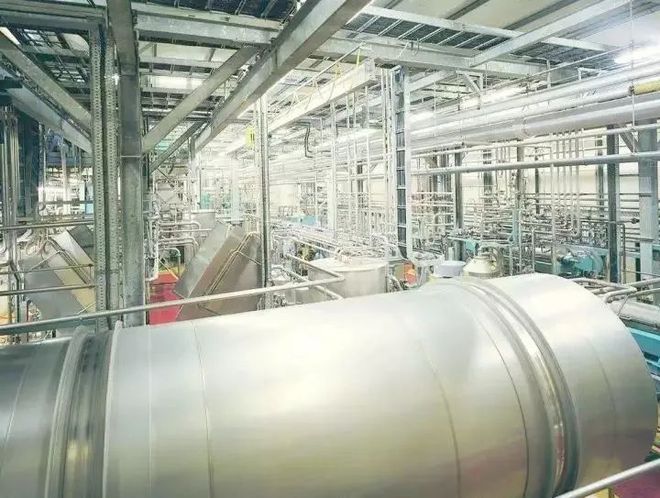
Emergency lighting:
Emergency lighting should be set in the place where it is necessary to temporarily continue working, monitor the working face, evacuate personnel, and give safety instructions for exit channels when normal lighting is extinguished due to failure.
The following situations in the workplace should be set up emergency lighting:
① After normal lighting is extinguished due to failure, spare lighting should be set up in places where normal work or activities should be ensured; For example, when the normal lighting is extinguished due to failure, it may cause serious accidents such as explosions, fires and personal injuries, or the lighting for continuing to work in places where the cessation of work will cause great impact or economic losses, or the lighting for ensuring the normal operation of fire fighting in the event of a fire.
② After normal lighting is extinguished due to failure, safe lighting should be set up in places that need to ensure the safety of personnel in potential danger, such as the use of circular saws and other workplaces;
③ After the normal lighting is extinguished due to failure, it is necessary to ensure that the exit and passage of the safe evacuation of personnel should be set up evacuation lighting. For example, an evacuation sign light indicating the exit position and the direction of the escape route is provided at the exit and passage, and the lighting provided to illuminate the evacuation passage.
④ Emergency lighting includes backup lighting, safety lighting and evacuation lighting, but in the lighting design of the chemical installation area, it is sometimes difficult to distinguish the difference between backup lighting, safety lighting and evacuation lighting. In principle, at the exits of buildings or devices, stairs, control rooms, substation and distribution rooms, self-contained power stations, power stations, fire control rooms and fire alarm buttons, diesel generator rooms, on-site instrument panels, pump areas, near eye washers, important valves or instruments, important operating posts, and when normal lighting fails, For safety reasons, emergency lighting should be provided where necessary to ensure the operation of the device or safe parking.
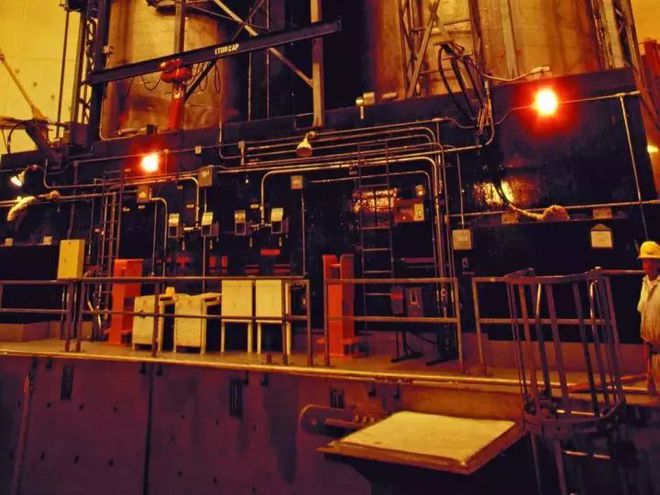
Road Lighting:
Street lights used for road lighting should be clock controlled street lights, which automatically turn on and off the lights.
In the lighting design of petrochemical enterprises, national laws, regulations and technical and economic policies should be implemented; Provide a safe, applicable and effective lighting system through lighting design to create a good production and working environment conducive to personal safety, production safety, improve product quality and labor productivity; To achieve safe use, energy saving, advanced technology, economic and reasonable, convenient maintenance and management.
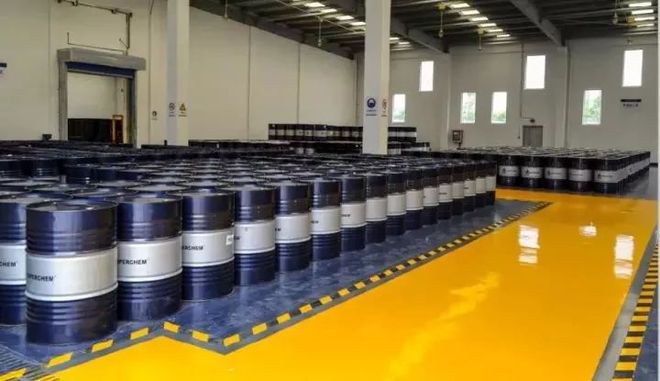
Luminaire selection
1) LED T8 lamps should be used in places with low installation height.
2) For places with high installation height and difficult maintenance, it is suitable to use LED mining lamps or floodlights.
3) Special places should choose LED explosion-proof lights.
4) Emergency lighting should be used in areas requiring emergency lighting.



